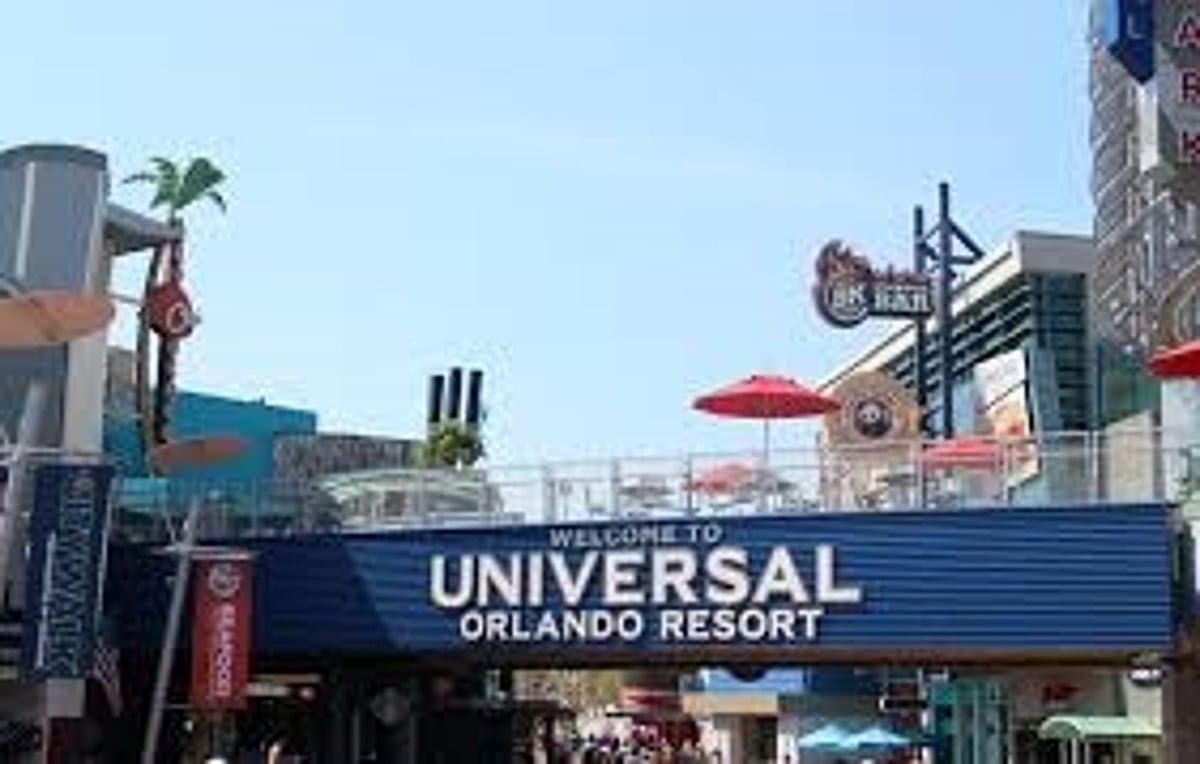When assessing the return on investment in kitchen equipment, it is necessary to consider both direct and indirect factors. Proper analysis will help you make an informed decision about the feasibility of your investment.
Key parameters for ROI analysis include:
-
Productivity and impact on kitchen throughput;
-
Energy efficiency and resource savings;
-
Reliability and service costs;
-
Versatility of use with seasonal menu changes.
Considering these factors helps objectively assess the long-term cost of equipment ownership.
It is also critical to take into account the indirect impact of equipment quality on business indicators. Modern technological solutions contribute to the standardization of food quality, which leads to increased customer loyalty.
Ergonomics and usability of professional equipment reduce training time and staff turnover. Multi-tasking cooking systems allow you to optimize your workspace and save on rent.
When calculating payback, apply the total cost of ownership method, which accounts for all costs throughout the equipment’s life cycle. This includes initial purchase costs, installation and set-up costs, training costs, consumables, service costs, energy consumption, and even disposal of equipment at the end of its useful life.















Leave a Reply